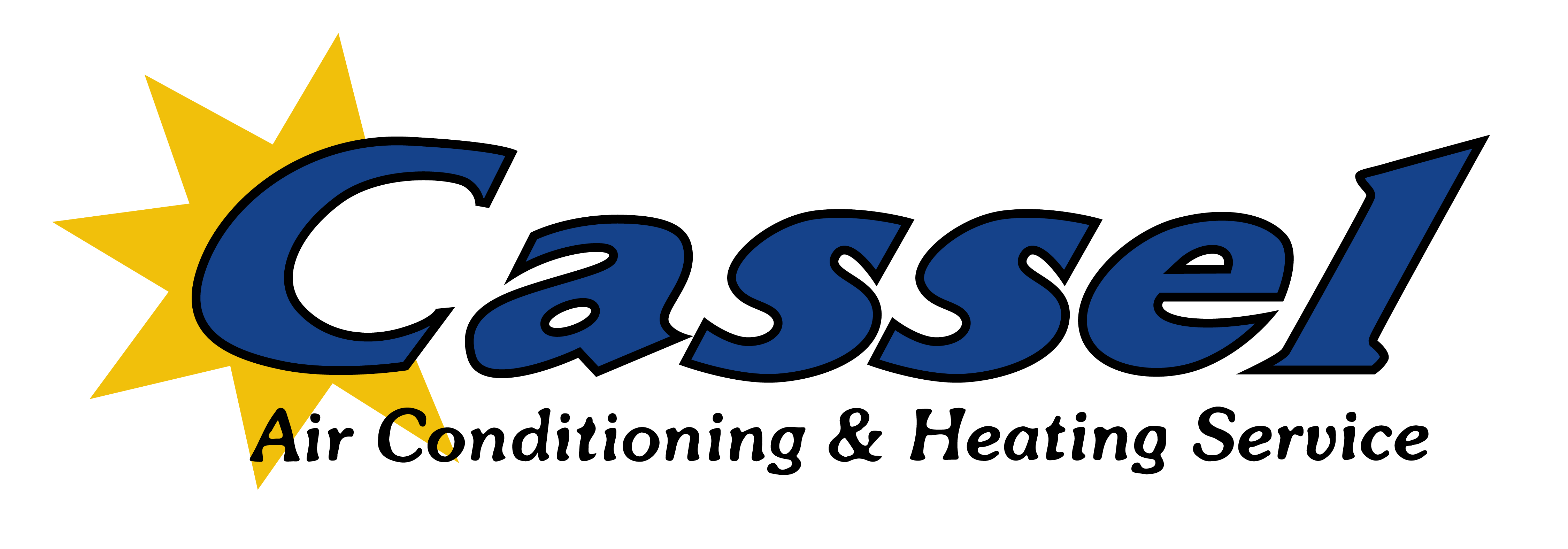How Does an Air Conditioner Actually Work?
March 28, 2019 8:35 pm Leave your thoughtsStaying cool indoors during the hot summer months is easy when you have a working air conditioning system. All you need to do to cool down is set the thermostat to blow cold air, which comes in through the air vents. But have you ever questioned how ACs actually work? Internally, a central air conditioner works in a similar way to your refrigerator. The main difference is that while the fridge cools a small, enclosed space, an air conditioning system has to cool down an entire home or business. It’s the science and mechanics of the whole thing that makes your indoor air a comfortable temperature.
Here’s an overview of how home air conditioning in Fair Oaks, CA keeps you nice and cool during the summer.
The cooling process
Let’s start by looking at the process of cooling your home or commercial building with air conditioning. The AC uses chemicals to convert from gas to liquid, then back again. Acting quickly, these chemicals will move the heat from the air inside your living space to the outdoors.
Your air conditioning system has three key components: the compressor, the condenser and the evaporator. On most units, the compressor and condenser are located on the outside part of the AC system, while you will find the evaporator inside your house or building. When the cooling fluid arrives at the compressor, it’s in the form of a low-pressure gas. This component squeezes the gas or fluid, which causes the molecules in the liquid to pack close together. The temperature and energy rises as the closer the compressor forces these molecules together.
Removes hot air and blows cold air
Have you ever wondered how your air conditioner removes the heat from the air? Well, it’s definitely a process. The cooling fluid exits the compressor and becomes a hot, high-pressure gas that then moves to the condenser. Your outdoor air conditioning unit has several metal fins all around the housing that work like the radiators on vehicles—they help dissipate heat at a rapid pace. The fluid is much cooler once it leaves the condenser, and due to high pressure, it changes from a gas to a liquid. It makes its way into the evaporator through a narrow hole, and after it reaches the other side, its pressure drops. The fluid then begins to evaporate to gas.
At this point, heat is extracted from the surrounding air, and the metal fins assist in the exchange of thermal energy with the air. The refrigerant leaving the evaporator returns to a chilled, low-pressure gas. Once it gets back to the compressor, the process starts all over again. The newly cooled air gets circulated around the inside of the building through ductwork and vents.
Your home air conditioning in Fair Oaks, CA may look simple from the outside, but it’s actually a rather complex system of hard-working parts and components. When you need HVAC service, you can count on Cassel Air Conditioning and Heating Service to be there for you. Reach out to us to schedule your next appointment!
Categorised in: Home Air Conditioning
This post was written by Writer
